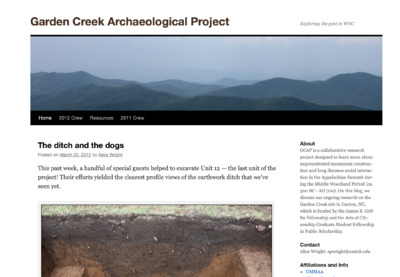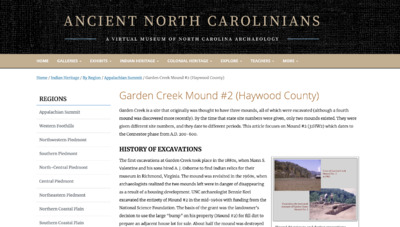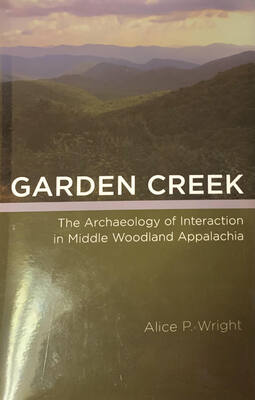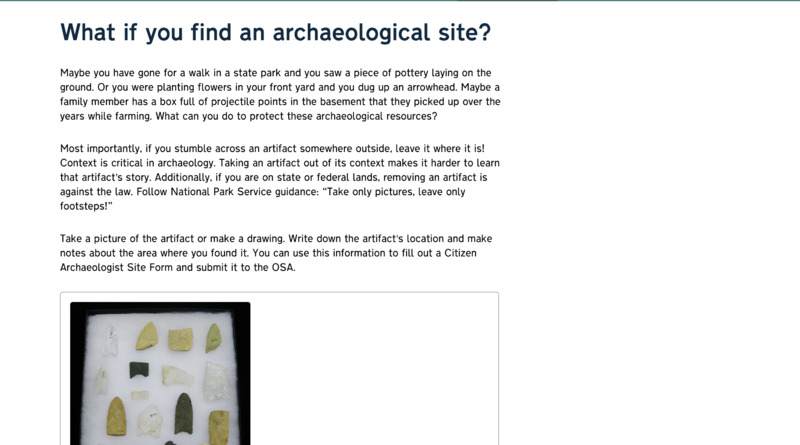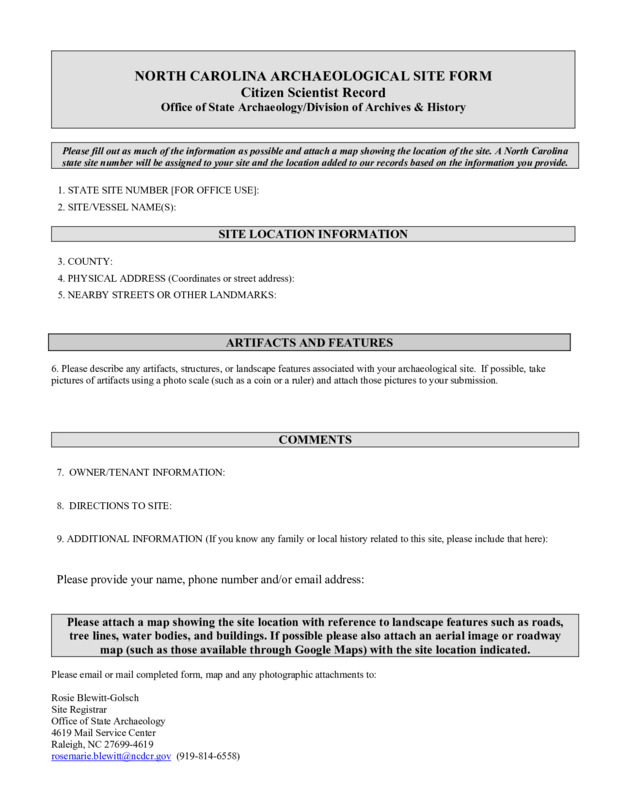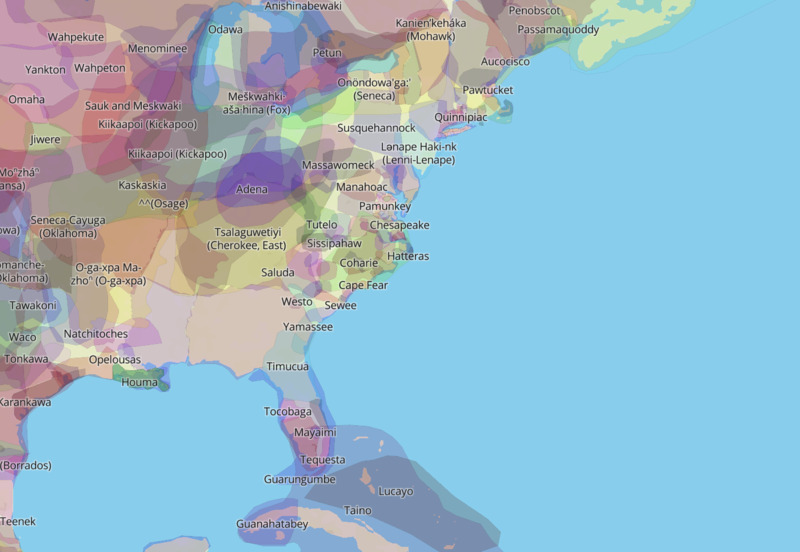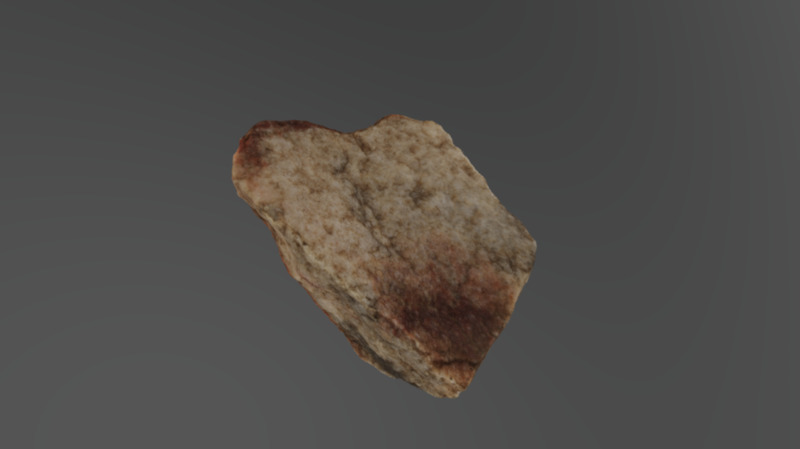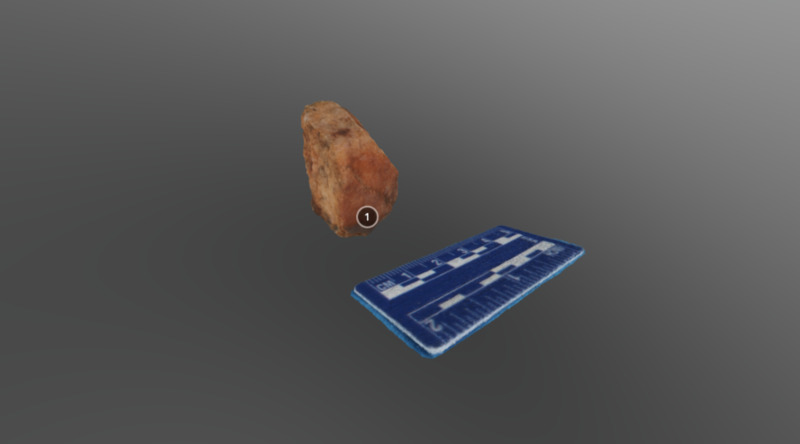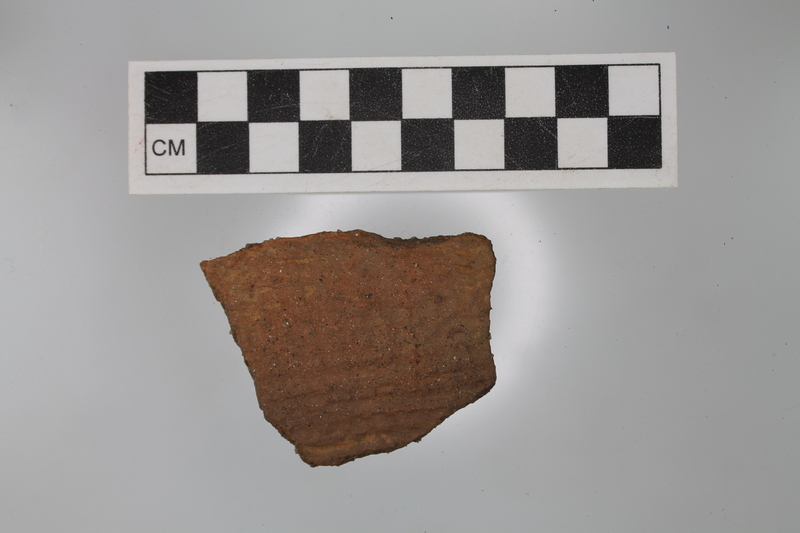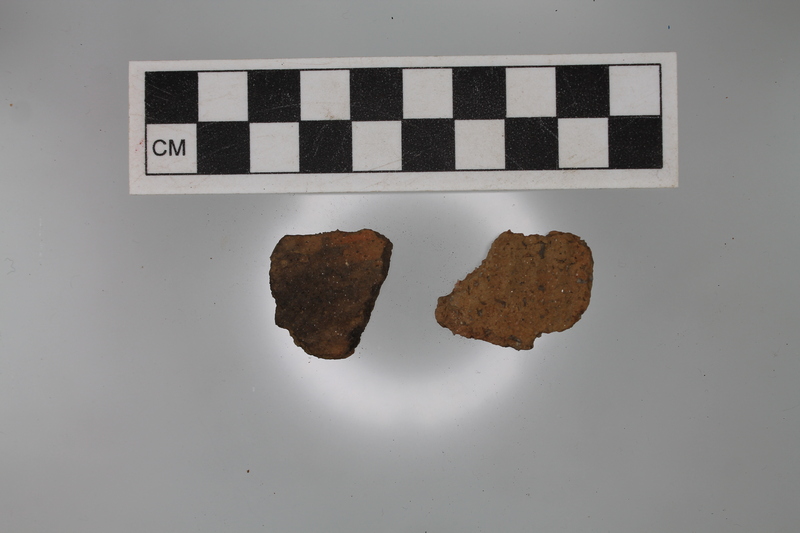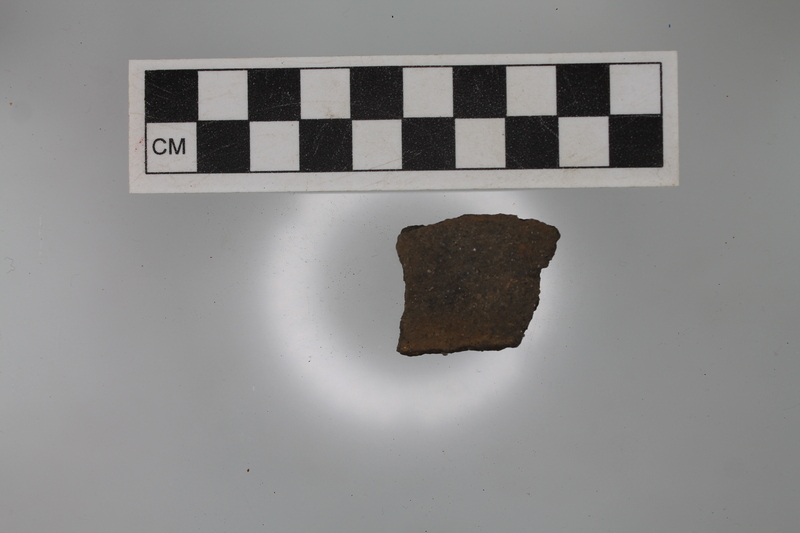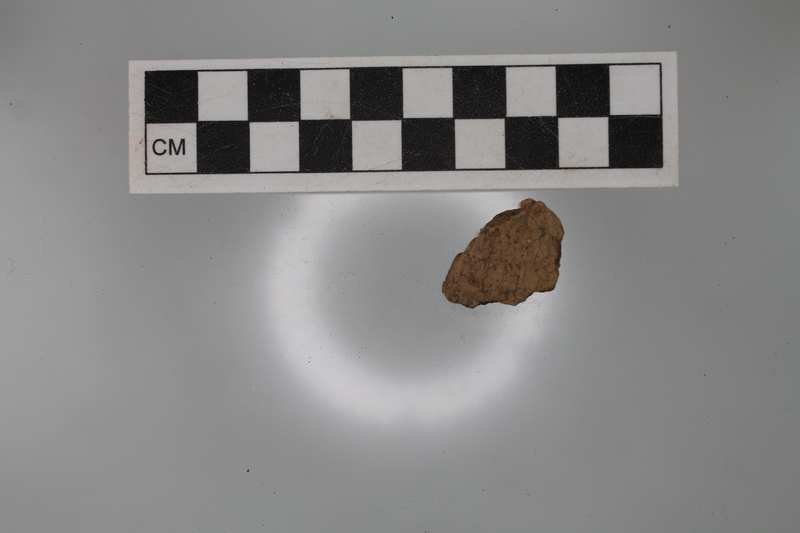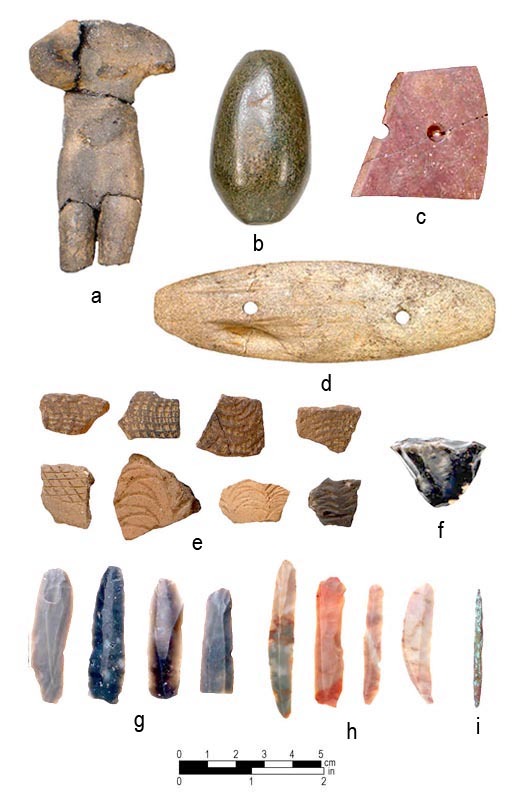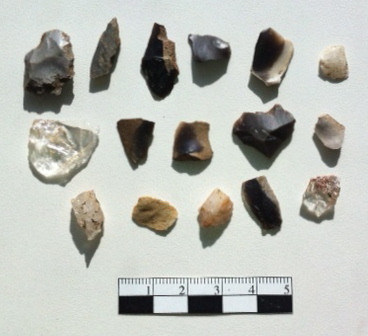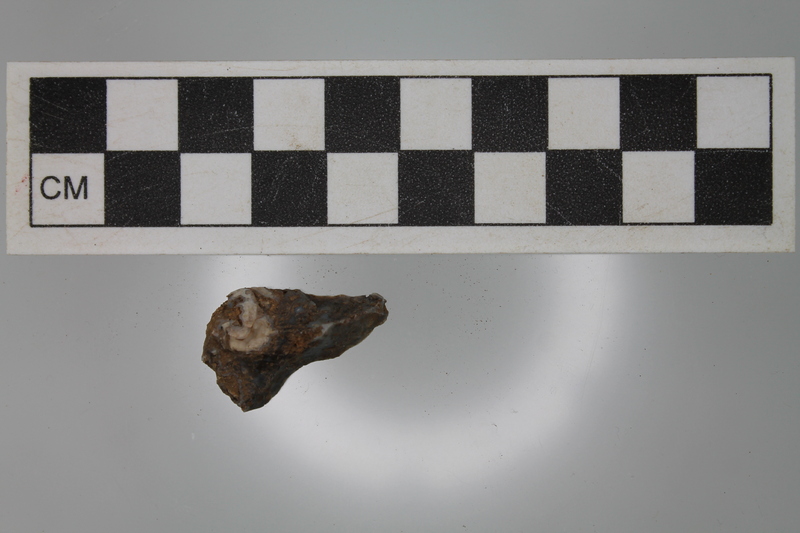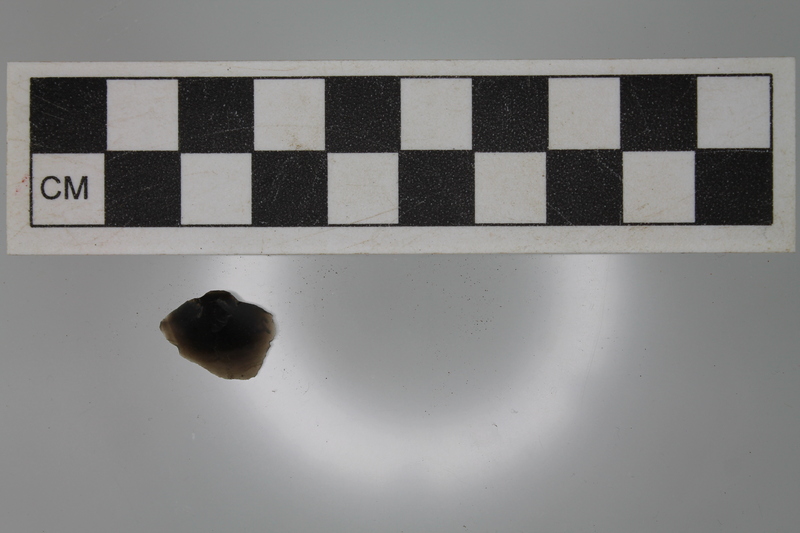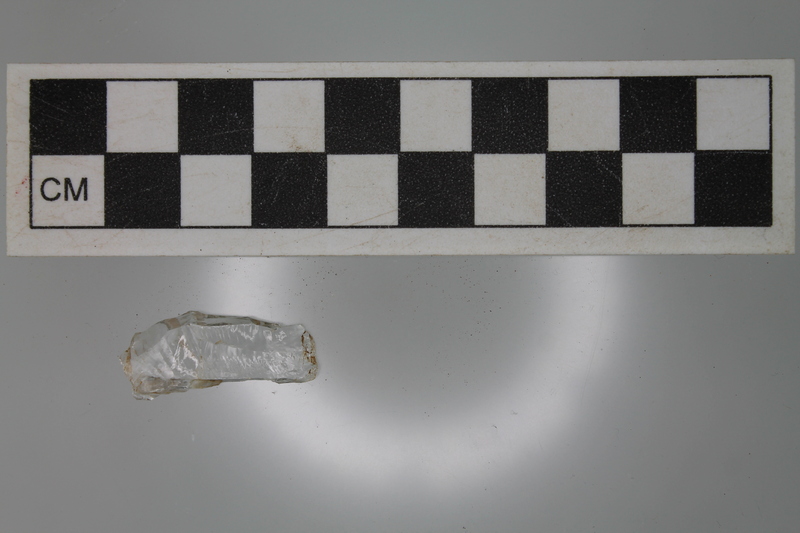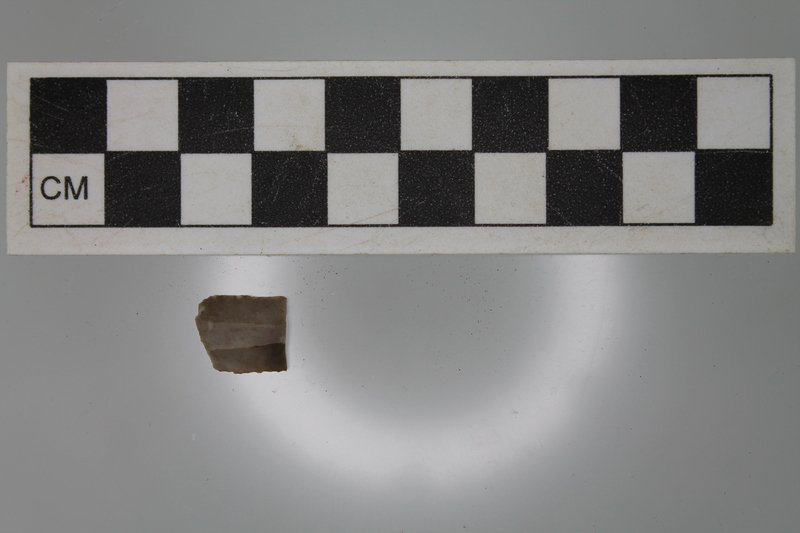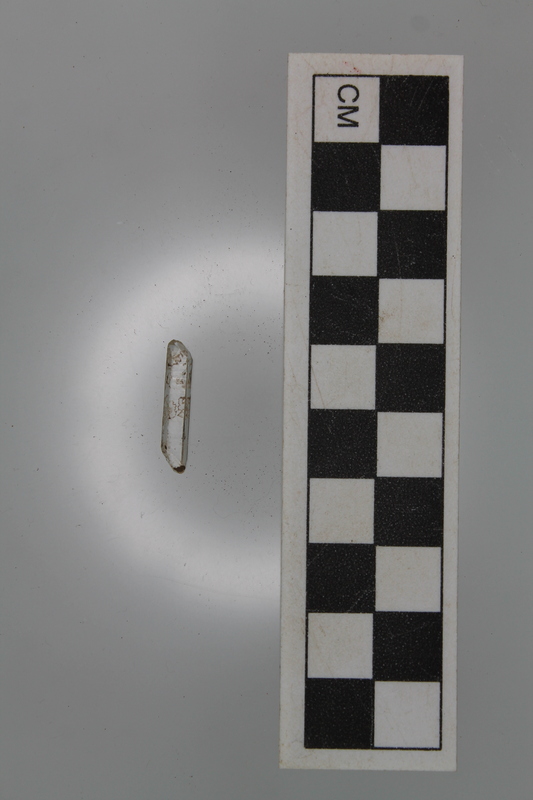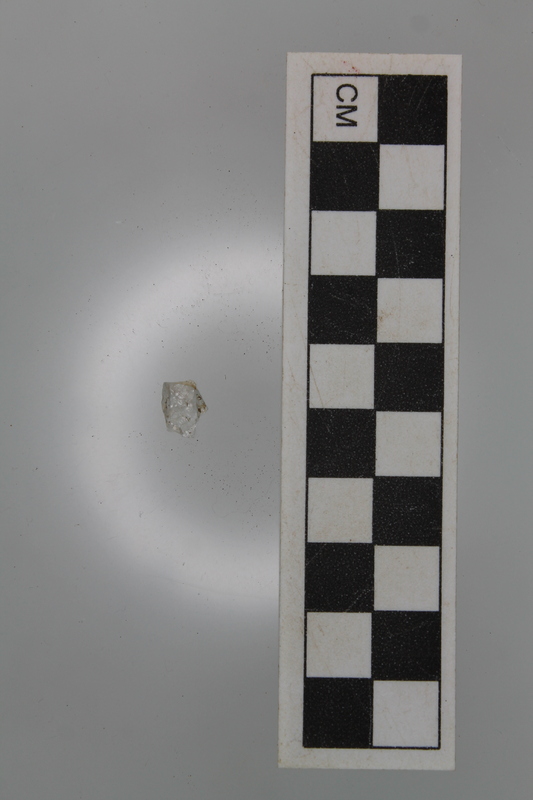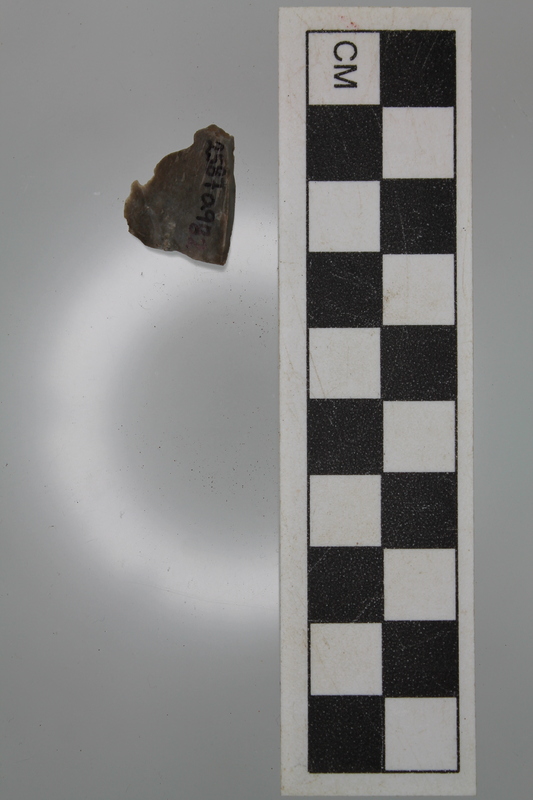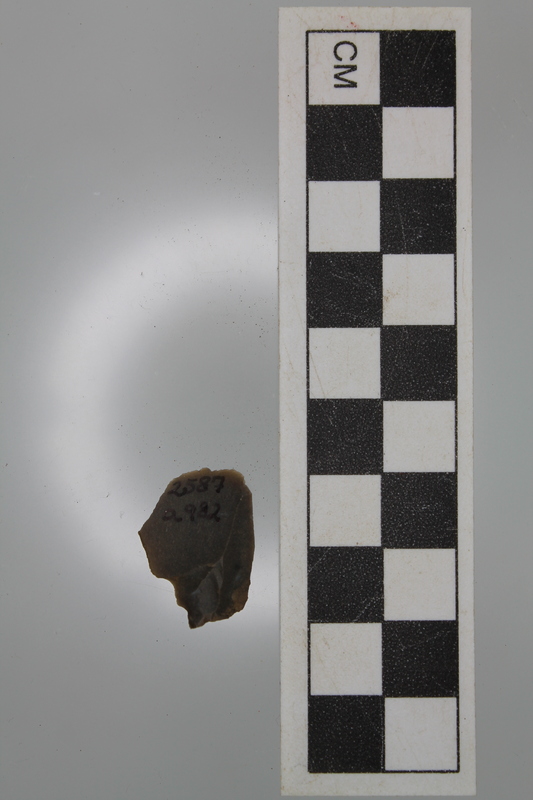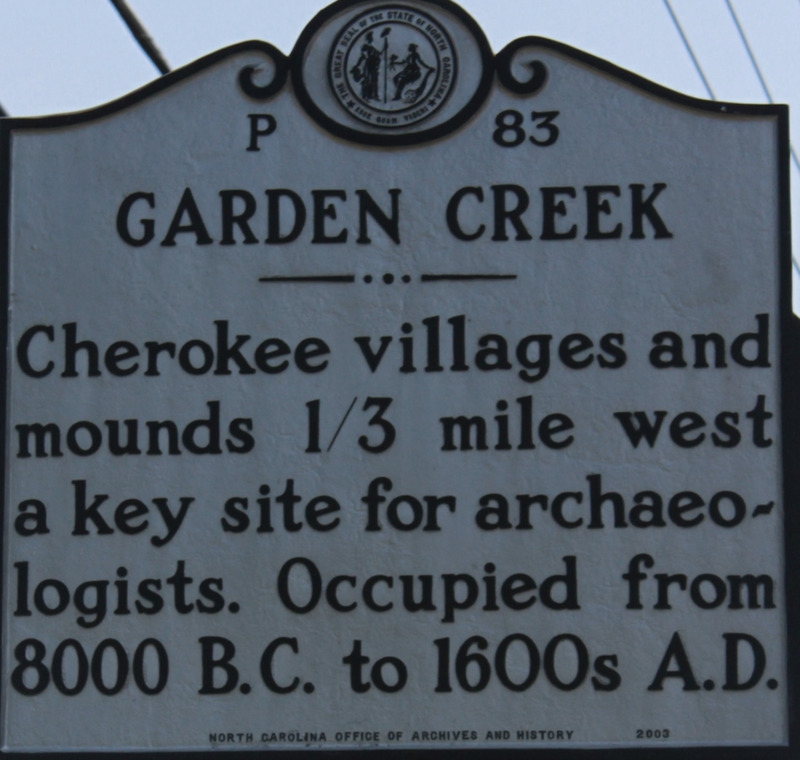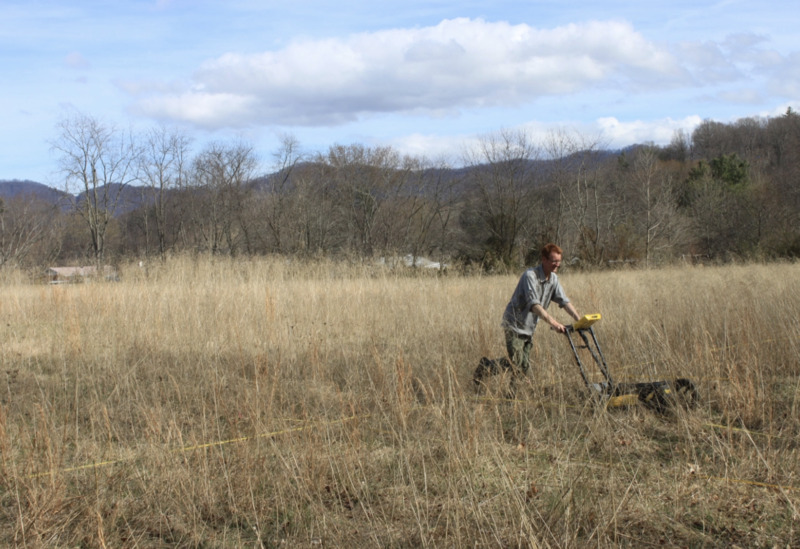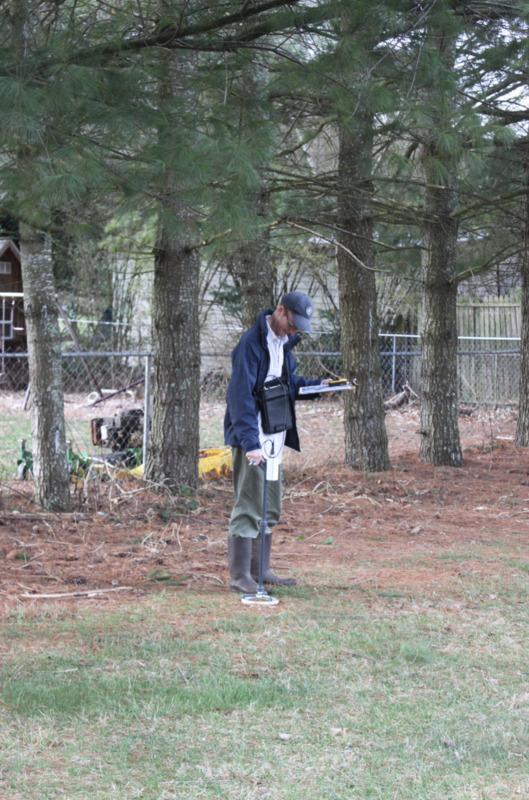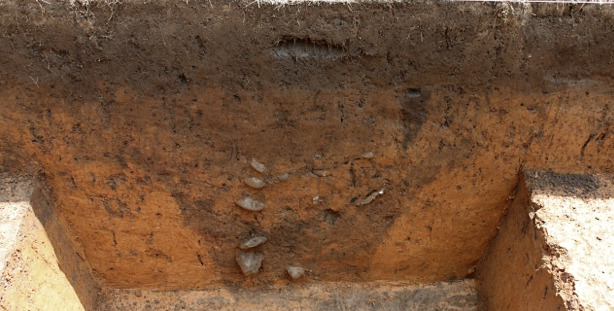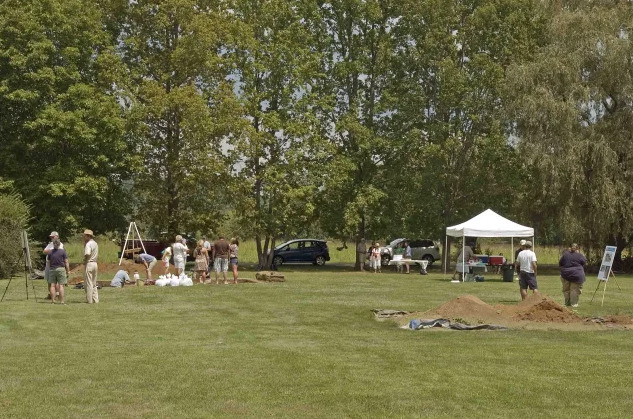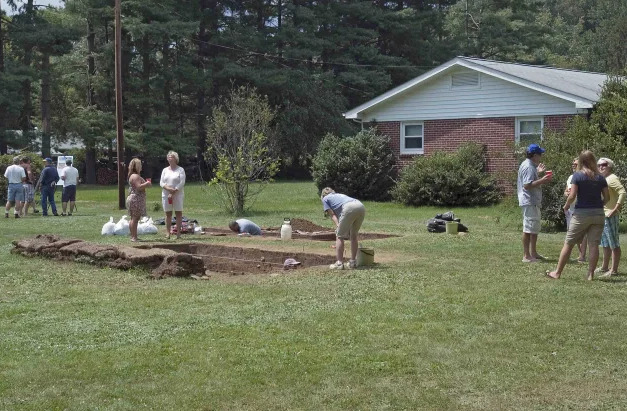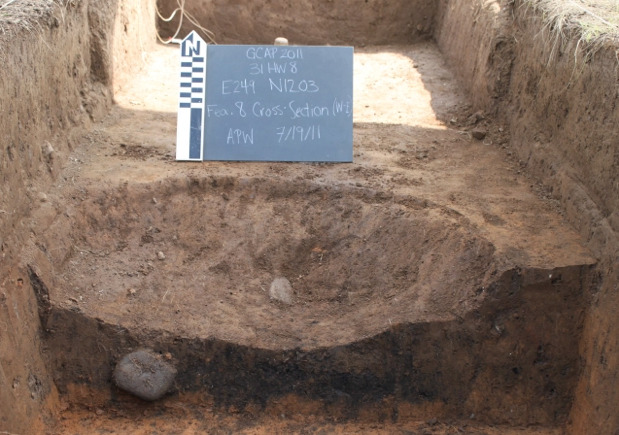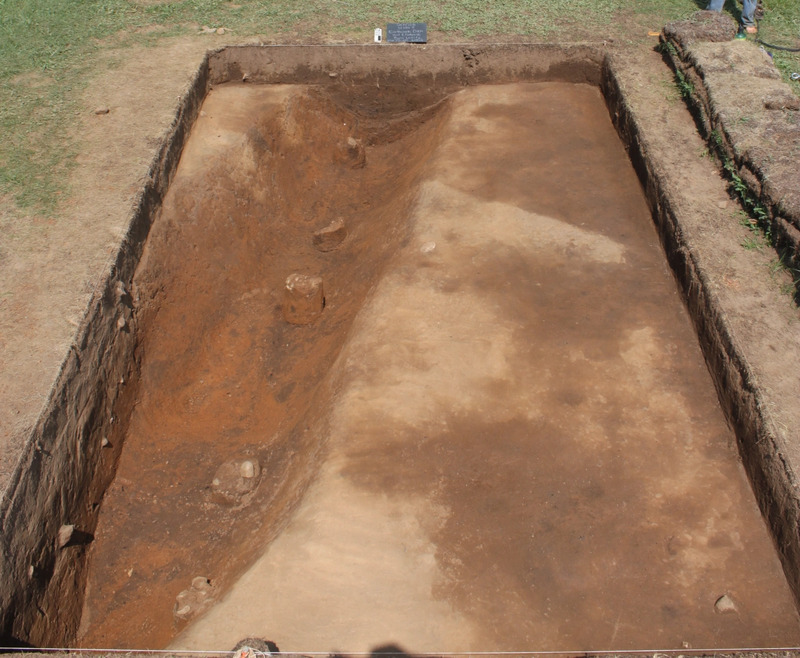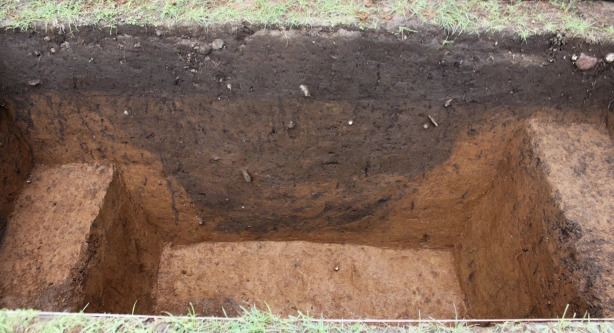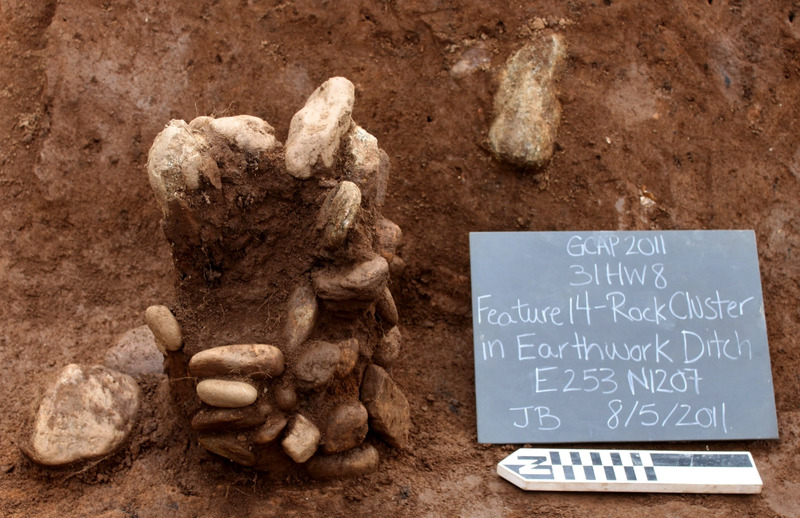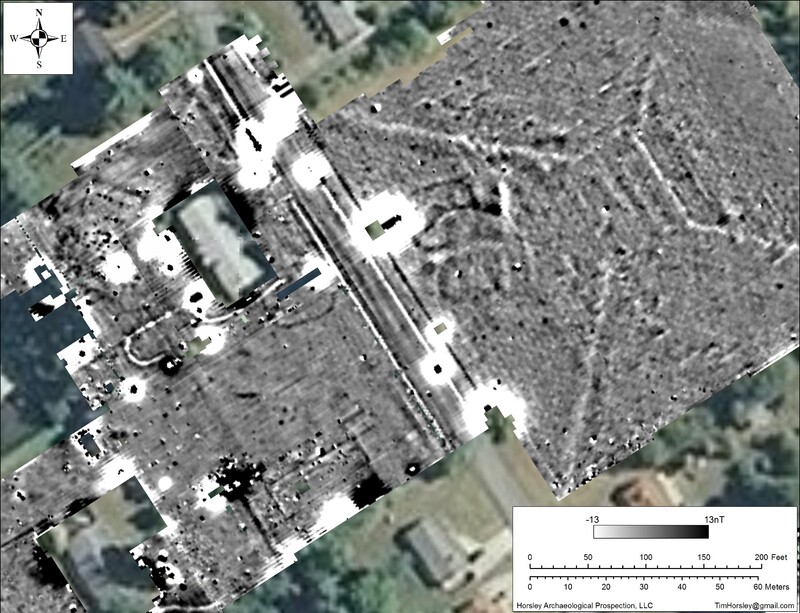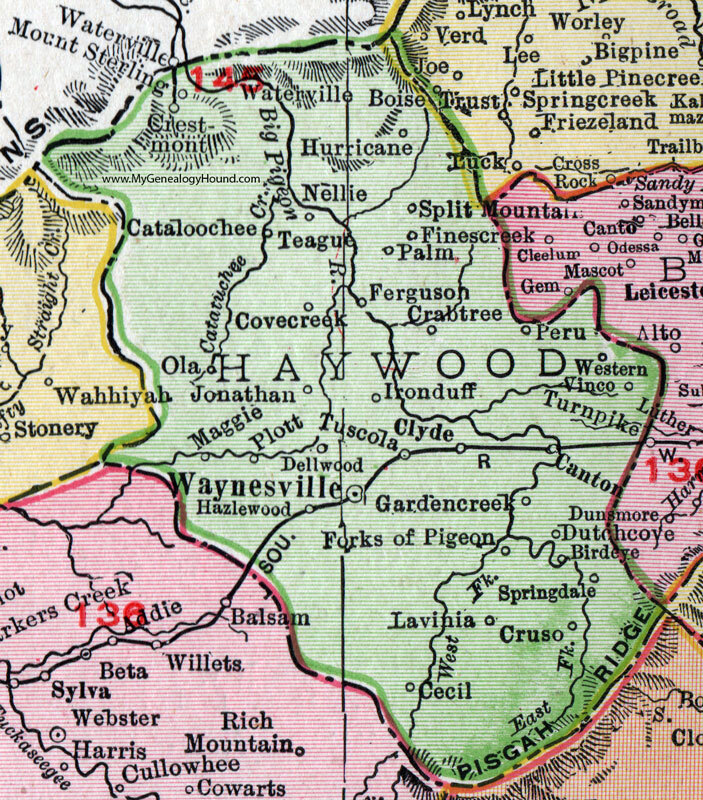Thank you for visiting the virtual Garden Creek exhibit! Hopefully this exhibit provided an in-depth history and presentation of the Garden Creek archaeological site, its history, and what archaeologists were able to learn from it. If you are interested in learning more about the Garden Creek site, please check out these additional resources!
Here, you can access the site's original blog! The blog was written by Dr. Alice Wright, the leading archaeologist of the project at the time of the excavations. Updates to the blog were synchronously posted the site was being excavated, and it includes information about the process of excavating the site, who excavated it, and what was found throughout the two seasons of excavation. The blog is one of the first resources regarding the site project and its research, to be publicly available! Click the link under the image in order to be directed to the GCAP blog:
In addition to this exhibit, the Virtual North Carolina Museum contains a brief overview of the Garden Creek site, specifically the excavations of Mound #2, as well as some of the site's early history of excavations prior to the most recent that were carried out in 2012. Click the link under the image in order to visit the Virtual North Carolina Museum:
Dr. Alice Wright, the lead archaeologist of the GCAP (2010-2012), published Garden Creek: The Archaeology of Interaction in Middle Woodland Appalachia (2020). The reading offers further insight into the theory applied to the many findings of the Garden Creek Archaeological Project.
See University of Alabama Press for more on Garden Creek: The Archaeology of Interaction in Middle Woodland Appalachia.
As mentioned in this exhibit, it is important to be a good steward of the land. If you happen to find an object with archaeological context (50 years or older), or you suspect that you have come across an artifact or site, you can contact the North Carolina Office of State Archaeology in order to report your find and proceed to the next steps! Reporting artifacts, rather than collecting them, is beneficial to everyone and allows for archaeologists to gain an accurate picture of the context of the site.
In addition to the Indigenous homelands and territories of North Carolina, check out the Native Lands website to learn more about what Indigenous land you might be on. Understanding who's land you are on allows you to promote being a good steward of the land through your actions!
